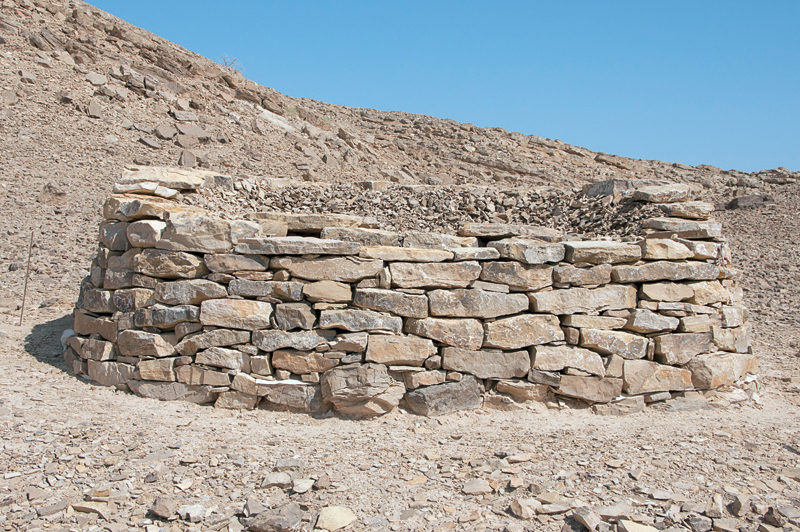

TEXT & PHOTOS BY YAHYA AL SALMANI -
A city buried under the sands for a long period of time proclaims the rich heritage of Oman. The archaeological features of this city emerged in 2004 after the sandy hills were excavated.
Salut City, located in Bahla, is characterised by its rich culture dating back to early times of human civilisation. Its importance lies in being the first political entity in the history of Oman as a country. It was once a major education centre in human history and a well-developed centre of commercial and cultural connections with the ancient world civilisations.






Archaeological studies indicate that the site dates back to the third millennium BC, a period known as bronze age. Burial sites and towers were found after excavation. Beads, pins and mace head of white stone were also recovered.
Studies confirm that the construction of the fort was in two architectural phases, beginning from the Early Iron Age and later periods of the Iron Age and the Middle Ages. As a prestigious fort built at the foot, it has a defensive function, and some finds indicate the use of the site for ceremonial and religious tasks, and the fort represents an archaeological symbol — the most prominent in the city of Salut. This archaeological city includes sites of different geometrical forms, and there are networks of roads and buildings of varying size and area, a drainage system, and channels for the falaj, which was feeding the agricultural area. The site also has several tower tombs and ancient graves.
Excavations in Salut West revealed a rectangular building that represents a long term settlement phase. In the lower part of this building, substation buildings were found such as a curb, water basins and a collection of large pottery jars dated to the Iron Age.
The northern part of the Salut City is characterised by a dense plan with closely packed buildings and room clusters whose walls are built with mud bricks over stone foundations.
The city is limited to the north by a massive stone wall which comprises two buttresses and a large protruding platform. The latter is part of a complex entrance system which also gave access to the upper part of the area located along the lower hill slopes and includes several series of steps.
The whole eastern slope of the Salut hill is occupied by an impressive stone built terrace system which hosted small orchads. The main residential area had developed at the foot of the hill over flat land. It comprised several rooms arranged in clusters of different shapes and dimensions, separated by narrow alleyways and open spaces dated to Early Iron Age.
Salut Castle represents two distinct architectural phases during the early Iron Age: the construction of huge stone terraces, and the mud brick buildings spread throughout the castle. Excavations revealed two tower tombs at the top of the castle dating back to the Bronze Age. Archaeological findings indicate that the function of the castle is linked to religious and protective aspects.
The authorities have already commenced several construction projects in this site such as building a heritage hall where the archaeological and historical values of this exceptional site will be exhibited. In addition, the team is working on transplanting around 300 date palm trees.
All excavations have been carried out in cooperation with archaeologists from the Pisa University (Italian experts). Currently, the Office of the Adviser to His Majesty the Sultan for Cultural Affairs is working intensively to develop this unique site in order to attract more tourists from all over the world. The site is now open for visitors.
Oman Observer is now on the WhatsApp channel. Click here



